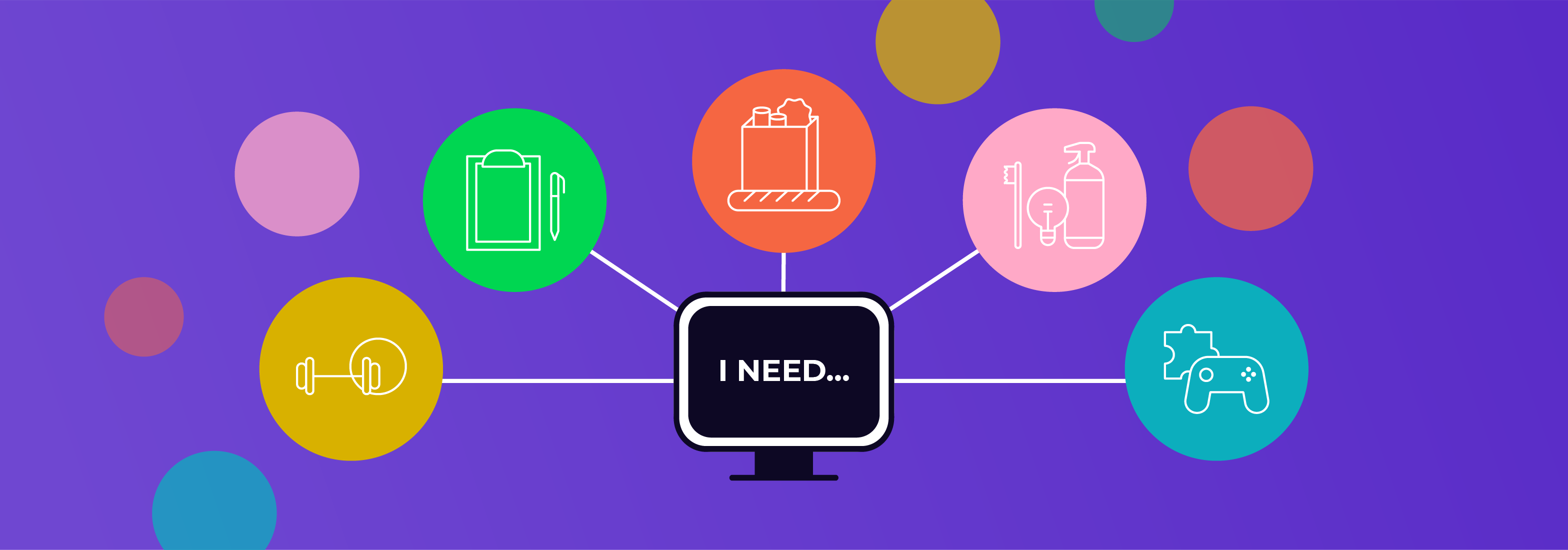Go Back
Roboboogie Optimization Guide: Triage Edition
The global pandemic is rapidly shaping a new digital economy. Huge behavioral shifts are happening as much of the world is relying on web-based businesses for everything from basic food needs, to complex work challenges.
Shopping online is simply a safer, more accessible way to buy right now. In fact, it’s the only way many items can be purchased due to shuttered stores. As a result, many who were not previously comfortable shopping online are turning to the internet out of necessity. E-tailers in certain sectors i.e. grocery, home goods, and health are seeing considerable growth and sales.
Hopefully, your online business is steady or growing. We’ve compiled a quick list of considerations you should be mindful of when looking for ways to optimize your website in this new digital economy.

Are you welcoming new users?
Keep in mind, people visiting your site for the first time might not know who you are, what you sell, or how to find what they need. Also, remember that they might not be coming through the front door (homepage) due to search. Keeping a consistent and persistent message about your value proposition throughout the purchase funnel will help drive conversions. The use of icons and other visual aids can be really helpful in communicating this in a concise and non-intrusive way.
PRO TIP: When looking for trends and insights in your analytics, be sure to consider both new and returning visitor segments. You will likely find they each have unique needs and paths through your site.
Are you considering visitors who are less web-savvy?
An intuitive and guided digital experience is key to converting first-time visitors to lifetime customers. Make sure you provide enough helpful guidance for those who need it but don’t set roadblocks for returning users who are more familiar with your site. Tooltips, FAQs, and online chat are all helpful opt-in features that can help new users without getting in the way of more experienced ones.
PRO TIP: Keep in mind new visitors could be broadening your demographic reach. Be sure to evaluate readability and ADA standards across your site.
Do your product categories make sense (outside your organization)?
An intuitive merchandising strategy is critical for shoppers quickly trying to understand available product options and what makes each unique. Product categories commonly translate directly to navigation options, so keep labels clear and concise, and try to limit the number of top-level options to 4 or 5, allowing the user to drill-down from there into the sub-categories.
PRO TIP: Do a simple card sorting exercise for your product categories with someone unfamiliar with your product mix. You might discover opportunities to refine, regroup, and/or rename categories to improve usability and ultimately conversion.
Are you adjusting your messaging?
Huge shifts to a work-from-home economy present new opportunities (and challenges) for many companies. Quickly finding your place and adapting is critical. Look for opportunities to shift your messaging to align with current needs and demonstrate how your products/services make life better/easier in this stay-at-home economy.
PRO TIP: Be cautious about using overt messaging like ‘COVID-19 Clearance Sale.’’ For some, these messages can be perceived as insensitive or off-putting. Instead, look for creative ways to soften the message (i.e. Working from Home Sale). People understand the challenges all businesses are facing right now and why.
Are you still A/B testing?
Ongoing optimization is critical during times of rapid change. We recommend an ongoing process of constant observation, hypothesis creation, testing, and implementation. If you are not A/B testing, you’re leaving money on the table. Testing can not only improve site performance significantly over time; it can also show you so much about your rapidly changing audience’s needs and motivations.
PRO TIP: Analytics and session capture platforms like FullStory are powerful tools to actually see how customers experience your site, and identify roadblocks and pain points that could be costing you a lot of money.
Are you facing inventory shortages?
Many websites are facing inventory challenges due to supply chain issues and panic buying. Don’t lose a potential sale just because you don’t have inventory. Be sure to at least include a ‘notify me when this product is available’ option. You might be pleasantly surprised by how loyal, understanding, and patient your customers are during this time.
PRO TIP: This is a great time to build up your email list to nurture new customers and activate existing ones. Customers appreciate open and honest communication. So, while you might not have what they want now, keep in touch with them and they’ll likely come back when you do.
Are you making smart add-on and cross-sell recommendations?
As people rely more and more on online shopping, convenience remains a top contributing factor for customer satisfaction. Most shoppers would prefer to buy from fewer, trusted retailers, rather than manage accounts across multiple websites – particularly if they can save on shipping (Amazon is a giant example of this).
PRO TIP: Presenting smart add-on items upon cart add, that are truly complementary and add value, will boost average order size. Just make sure they are truly beneficial to the customer, otherwise, they will actually hurt conversions. Great opportunity to A/B test to get it right.
Hang in there!
We wish you all the best in health, happiness, and financial security during these difficult times. We hope these tips and pointers help guide your ongoing optimization efforts. Please feel free to reach out with any questions. We’re all in this together and happy to offer you some FREE advice if it will help your business.


